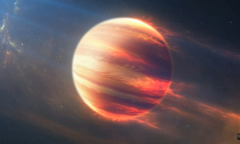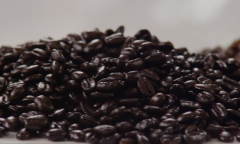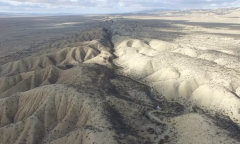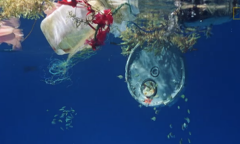By KM Diaz, | June 14, 2017
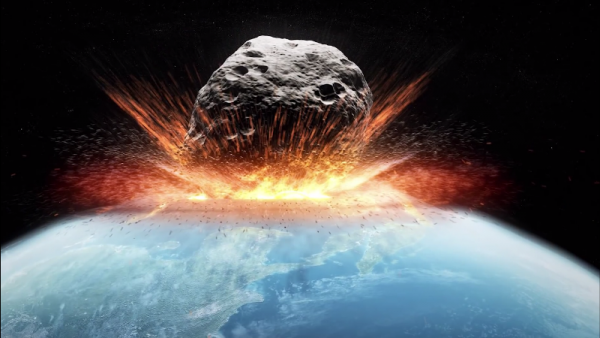
How to plan and backup life for the next doomsday event. (YouTube)
There are at least 10 asteroids that have been classified as "potentially hazardous" based on their orbits on Earth and size, NASA said this month. The space organization did not specify what kind of danger these ten asteroids may pose to Earth, but our planet has been hit by several objects from the past with devastating effects. Now, scientists are making a way to back up life and plan for the next doomsday event.
Like Us on Facebook
Scientists believe that a series of impact from a comet or asteroid is the reason why dinosaurs wiped out around 60 million years ago. Each year, there are several unseen asteroids pass quickly to Earth, sometimes with just a few days' warning. This year, there are two asteroids pass nearly to Earth. One of them travels around 15,000km away in May, a very close shave on cosmic scales.
Such impacts from space could lead to the disappearance of life and humanity on Earth. Scientists have been observing that mass extinction could happen at an unprecedented rate. In 2014, the estimated extinction rate was 1,000 times greater, and the estimated number of extinctions ranges from 200 to 2,000 species every year.
To avoid impending doomsday and extinction, climate change should be the first one to tackle and then develop asteroid-tracking systems to prevent a collision. But, scientists noted that these threats are likely unpredictable, so a plan is needed. Efforts to back up life here on Earth have begun. In the 1970s, scientists worldwide started to store seeds of endangered plants, and now dozens of vaults and seed banks were scattered around the world.
The Svalbard Global Seed Vault is the most famous one, found on the remote Norwegian island which is 1,300km away from the North Pole. The area was chosen to secure and make sure that the project is safe for long-term storage in cold and dry rock vaults. However, earlier of this year, the vault reportedly experienced problems with water from the surrounding melting permafrost that gains entrance to parts of the structure.
Vaults for storing animal's biological material are also located around the world, called as "frozen zoo." In here, the eggs, sperms, embryos, and DNA of endangered animals were stored. Humans can also sequence a whole genome now which is less than US$1,000. The process could turn the cell information of organisms into data. If future scientists could make living DNA from the genome data, creating living organisms from that DNA, then that data alone is enough to backup living organisms on Earth.
However, the real challenge for scientists is where should humanity store the backups as French president Emmanuel Macron said that were will never be a plan B because there is no planet B. Space could be a very harsh environment for people since cells are exposed to high doses of radiation, leading to DNA damage. Storing seed on low Earth orbit is desirable as the magnetic field of the Earth gives protection from space radiation, but storing outside this zone as well as in deep space needs other means of radiation protection.
-
Use of Coronavirus Pandemic Drones Raises Privacy Concerns: Drones Spread Fear, Local Officials Say

-
Coronavirus Hampers The Delivery Of Lockheed Martin F-35 Stealth Fighters For 2020

-
Instagram Speeds Up Plans to Add Account Memorialization Feature Due to COVID-19 Deaths

-
NASA: Perseverance Plans to Bring 'Mars Rock' to Earth in 2031

-
600 Dead And 3,000 In The Hospital as Iranians Believed Drinking High-Concentrations of Alcohol Can Cure The Coronavirus

-
600 Dead And 3,000 In The Hospital as Iranians Believed Drinking High-Concentrations of Alcohol Can Cure The Coronavirus

-
COVID-19: Doctors, Nurses Use Virtual Reality to Learn New Skills in Treating Coronavirus Patients


